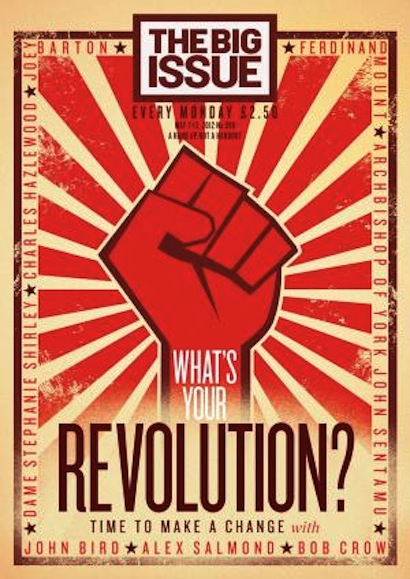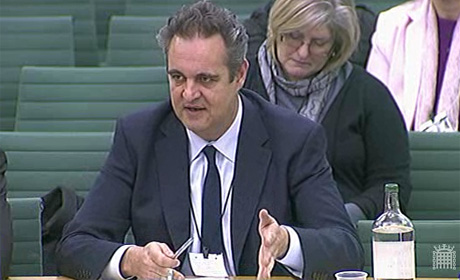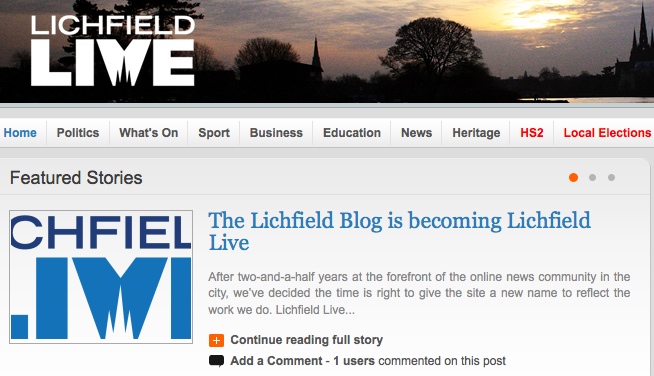Digital First Media has launched the first of its new “mobile community media labs”, one of a number of community news projects to be launched by titles within the company.
Journalism.co.uk reported last month about the four new mobile labs, including “pop-up newsrooms”, to be introduced. They are being run by the San Jose Mercury News, the St Paul Pioneer Press, the York Daily Record and the New Haven Register.
The first, TCRover, was launched on Friday by St Paul Pioneer Press, described in a press release as “a modified Ford Transit Connect wrapped with TwinCities.com and Pioneer Press branding” and “outfitted with WiFi, a generator, awning, chairs and a pull-down projection screen”.
Digital First Media’s Steve Buttry said in the release:
The Twin Cities are the perfect location for a mobile community newsroom. This is a sprawling metro area with two hubs, dozens of widely varying suburban communities and several shared interests, such as the sports teams.
With the TCRover, the TwinCities.com staff will be able to engage people where they live and work.
Digital First Media travelling in the van will teach the community skills such as “how to blog, how to interact with our site, even how to do research on topics that interest them”, the release adds.
The adventures of the mobile community newsrooms can be followed on Twitter @TCRover.



